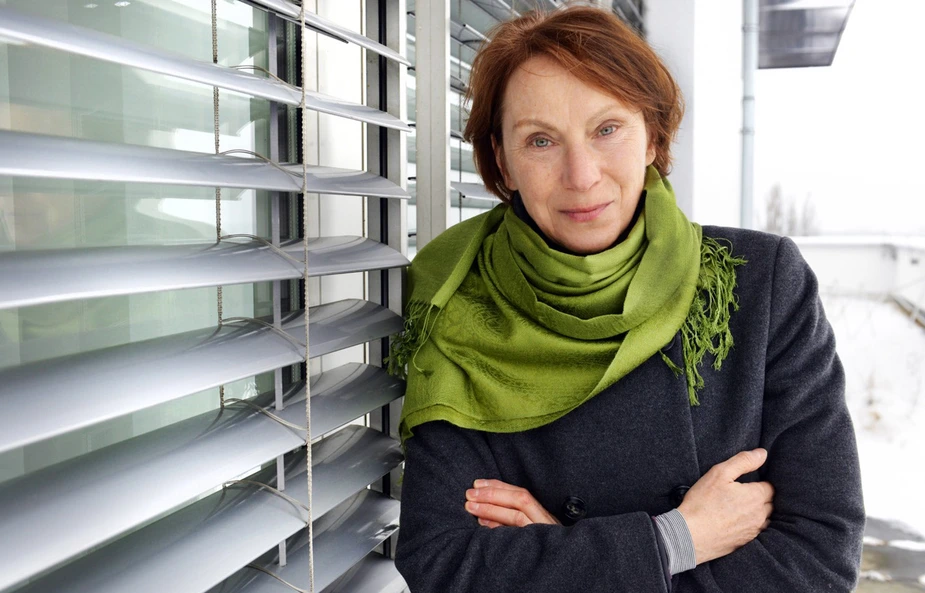A Model Neighborhood for Energy Efficiency
How the Science City Adlershof will save a third in primary energy consumption
Intelligent technologies will help the Science City Berlin Adlershof, which covers an area of 420 hectares, become energy-efficient. A project network has been aiding the process with key insights.
The goal was ambitious: the science and business location Berlin Adlershof shall save a third in primary energy consumption at maximum capacity compared to 2010. This is not an audacious bet but a requirement of the project “Energy Strategy Berlin Adlershof 2020“, funded by the Federal Ministry for Economic Affairs, which has been successfully concluded after three years. “We have shown that this energy-saving goal is attainable using a variety of measures,” concludes Beate Mekiffer, the head of the project, who is convinced that this will give way to the energy-efficient city of tomorrow. Not an easy feat in the case of Adlershof seeing as the area combines a complex mix of usages, including science, research, and commercial activities as well as housing, and many exceedingly energy-hungry institutions and companies. In the end, however, the outcome will be determined by pushing the right buttons.
Replacing conventional lighting with LEDs has shown to be beneficial: it has the potential to reduce energy used by the buildings of the site’s operating company WISTA-MANAGEMENT GMBH (WISTA) by 50 to 70 percent compared to existing lighting systems. Exterior lighting might allow for savings of up to 80 percent.
The low-temperature district heating network “Living on Campus” of the BTB GmbH, which supplies houses with the return flow from the district heating network, can save 65 percent in primary energy compared to decentral solutions, which rely on individual building heating systems. These are only but two examples.
The comprehensive approach to efficiency in Adlershof also consists of improving and connecting buildings and facilities, using waste heat and regenerative energies, and developing smart energy networks. Individual measures range from innovative storage solutions and smart air conditioning to improved regulation technology to smart networking of energy, heat, and cool air supply. Mekiffer is excited: “The large-scale data collection and analysis and the examination of efficiency potential in Adlershof led to a whole bundle of many different efficiency projects.” This in turn led to new insights, which also benefited the work of the new Energy Manager of WISTA, who recently took office. Beyond the limits of this particular project, the Energy Manager will inform tenants and investors about the many possibilities to improve energy efficiency, take care of energy monitoring, initiate further activities and strengthen cooperation. The latter was achieved between Germany, Austria and Switzerland during the last project with the aim of establishing hybrid energy systems. The participating cities and municipalities will continue to exchange experiences on energy efficiency solutions in the future.
People from the neighbourhood, too, can benefit from the energy concept: the adjacent district Adlershof is intrigued and now also wants to develop an energy concept. The planners can now go forward with solutions, including innovative, local supply schemes, efficient waste heat recovery, air conditioning and cooling strategies, and hybrid energy systems like power-to-gas (P2G) or power-to-heat (P2H).
“We want our efficiency projects to serve as a model for other neighborhoods,” says Mekiffer. Even for very special requirements: the Center for Photonics and Optics (ZPO) in Adlershof will soon satisfy its demand for cooling using an Aquifer storage. Acquifers contain water at a temperature of about 10 degrees, which is tapped into by drilling a hole 80 metres into the ground. The water will be used to cool the ZPO’s eight buildings in summer. The preconditions for this will be created this year. This also shows clear that even now the project has officially ended, Adlershof is committed to making energy use smarter.
By Chris Löwer for Adlershof Journal
